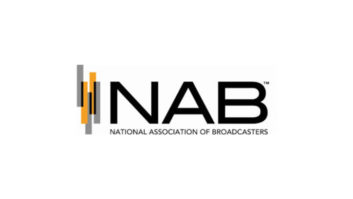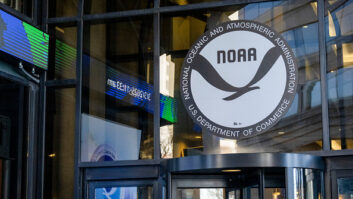Closer integration of EAS and the NOAA National Weather Radio, as well as continued voluntary activity rather than federal mandates on equipment, will improve the system and allow for better coordination. That’s the view of the Consumer Electronics Association in comments filed with the FCC.
CEA’s filing came in the FCC’s Further Notice of Proposed Rulemaking that reviews the EAS.
The electronics association said the commission needs to consider all the systems that distribute emergency alert information. NOAA Weather Radio has evolved to become an effective collection and distribution system estimated to originate more than 96% of all emergency alerts, stated CEA.
“EAS has evolved into a voluntary system in which broadcasters exercise discretion over which alerts to transmit, and NWR is a critical component providing broadcasters almost immediate access to the emergency alerts. Closer integration of EAS and NWR would serve to improve public awareness of these facilities and quicken the dissemination of critical emergency information.”
In 2003, CEA created a collaboration with NOAA called the Public Alert Technology Alliance, to create industry standards as well as a corresponding public alert certification and logo program for consumer electronics products equipped to receive the EAS messages. That, CEA said, resulted in the adoption of a voluntary standard for radios that “wake up” to alert listeners when certain types of messages are broadcast.
“Just as new applications and equipment continually appear for GPS receivers without an FCC mandate, so too do we expect that the increased security consciousness of the public will result in better equipment, employing new technologies and functionalities,” stated CEA President and CEO Gary Shapiro. “Any movement toward mandatory standards on reception equipment would disserve the public interest.”
CEA Outlines Need for Closer Integration of EAS, NWR Emergency Systems
CEA Outlines Need for Closer Integration of EAS, NWR Emergency Systems





